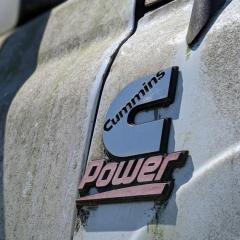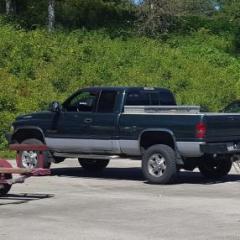- Replies 9
- Views 2.3k
- Created
- Last Reply
Top Posters In This Topic
-
Mopar1973Man 3 posts
-
That Guy 2 posts
-
Crazy Wayne 2 posts
-
Dieselfuture 1 post
Popular Days
Most Popular Posts
-
I have used Indian Head shellac on old school flat heads with copper head gaskets, but I've never heard of someone adding something to these. Are you sure the block/head aren't warped?
-
Yeah after all the miles on mine at 350k miles I opted to just upgrade to 425 ARP studs and be done.





I most likely lost the head gasket again from the stupid idea of having 6 pressurized oil slots in a head gasket. I did pressure test it and I also know a trick for telling the difference between the head gasket and the oil cooler, it’s simple actually. Anyhow, head planed, Mahle head gasket, 40# boost, ported head, injectors, Governor Springs, 20* timing, Hamilton cam ect. Any thoughts on an MLS gasket or just silicone the hell out of another gasket and try? Only other thought is cracked head but I doubt it.